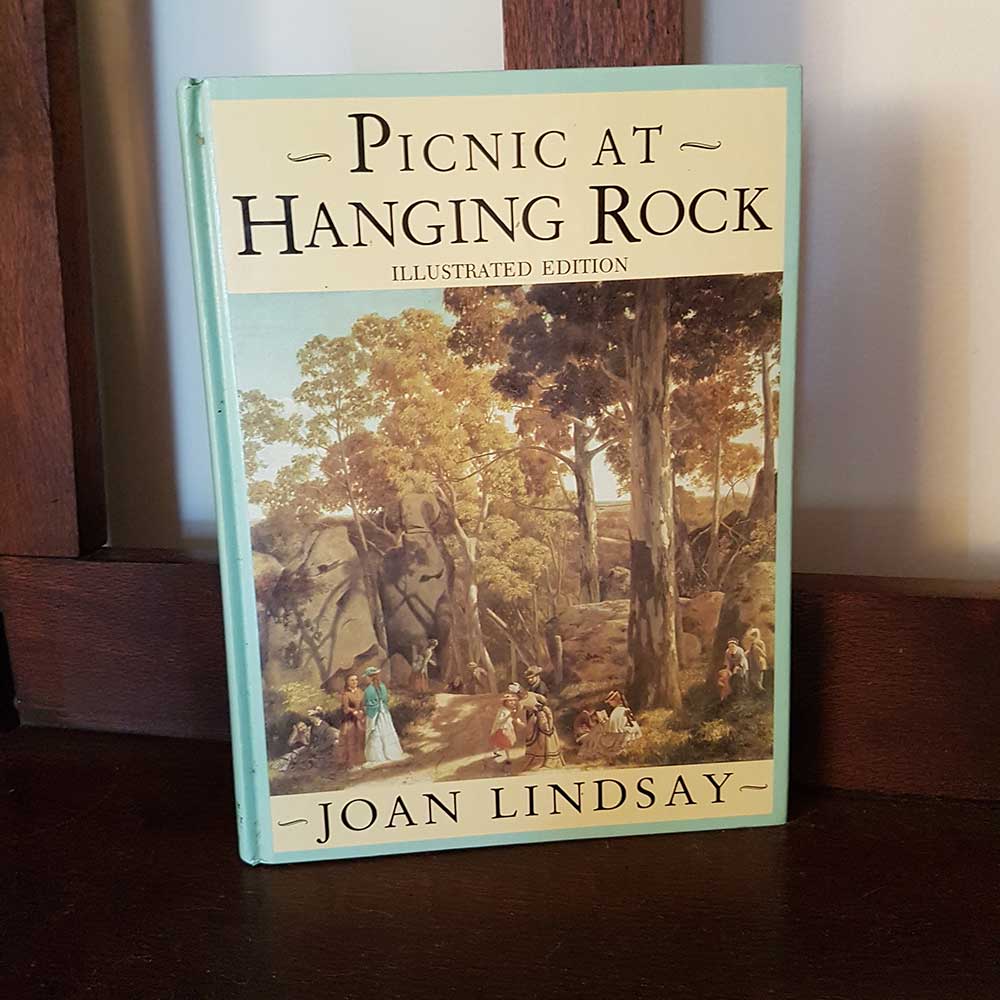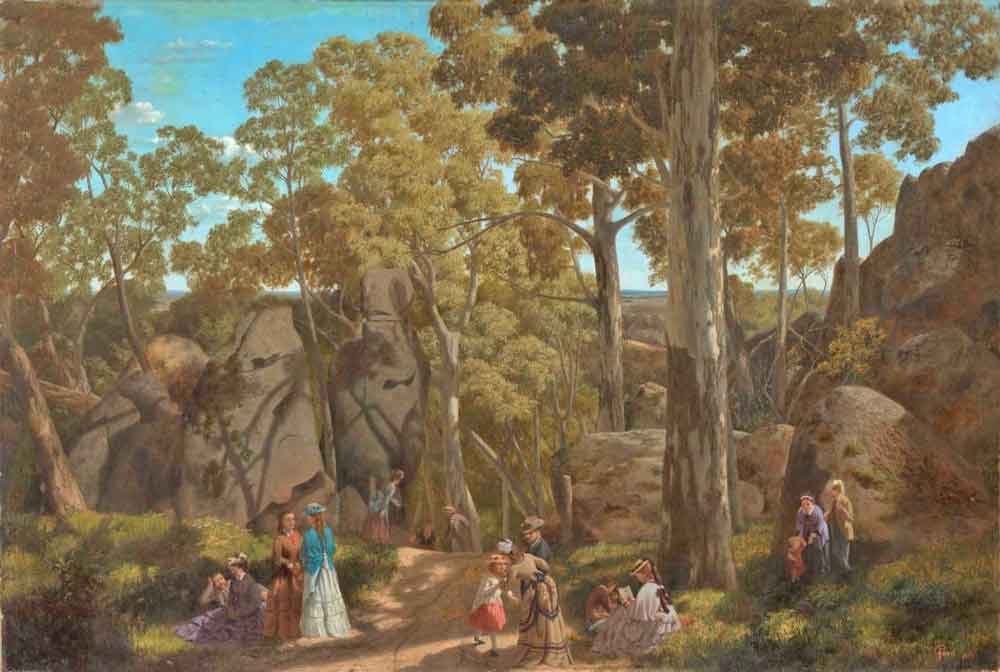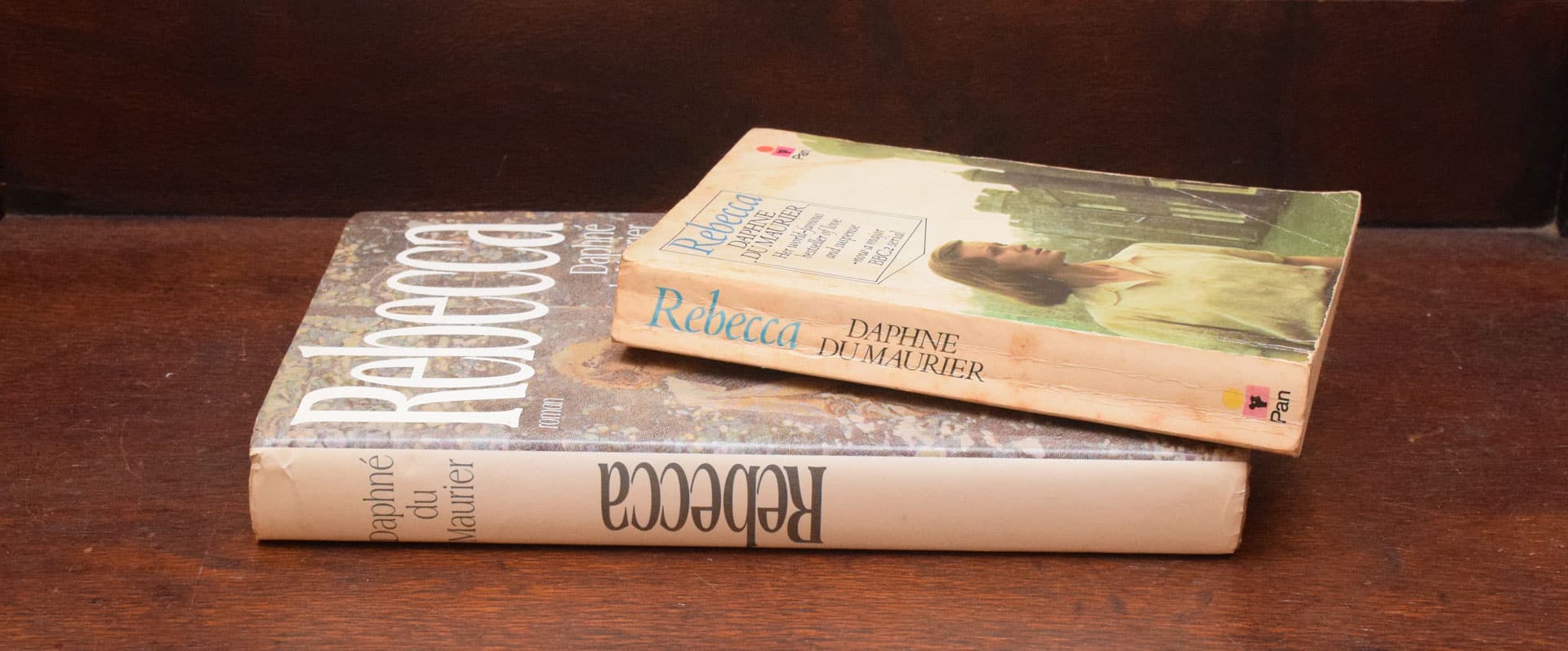
I love what treasures you can find at op-shops – the Australian and New Zealand name for what are called charity shops in the UK and thrift stores in the US.
Recently, I picked up a lovely hardback illustrated edition of Australian author Joan Lindsay’s novel Picnic at Hanging Rock for just one dollar. This special edition, published in 1987, is filled with woodcuts, illustrations, and period photos to add to the mood of the story.
The tale of a mysterious disappearance of three schoolgirls and their teacher while on an outing in 1900 was first published in 1967. In 1975, Aussie New Wave director Peter Weir made it into an eerily atmospheric movie which became a major cinema hit. A new edition of the book was released as a movie tie-in. The level of interest created by the movie surely led to the illustrated book later on.
Picnic at Hanging Rock wasn’t published in the UK until 1998. Furthermore, it wasn’t until 2014 before it was released in the US. Prior to that, copies were simply imported. The decision to print a US edition surely led to the 2018 TV series which cast the story as a ‘mystery romantic drama’. Over the years it has also been adapted to the stage as both a drama and a musical.
Joan Lindsay presented her work of fiction as though it were a true story, including vague ‘pseudohistorical’ references. The trope worked so effectively that many people today think it really was based on a real story.
But the inspiration, according to the author, came from a series of dreams she had which led her to write the book in a mere two weeks. Further inspiration was likely her interest in spiritualism and the works of spiritualist Sir Arthur Conan-Doyle.
Much frustration has been expressed over the years about the book’s enigmatic ending. Readers and viewers of the film wanted to know what happened to the missing girls and their teacher. What happened was an editor who – probably quite wisely – suggested to Lindsay that she cut the final chapter.
The extra 12 pages, which hint at a science fiction-style time warp involving lizards and crabs, emerged in 1987 after the author’s death.


